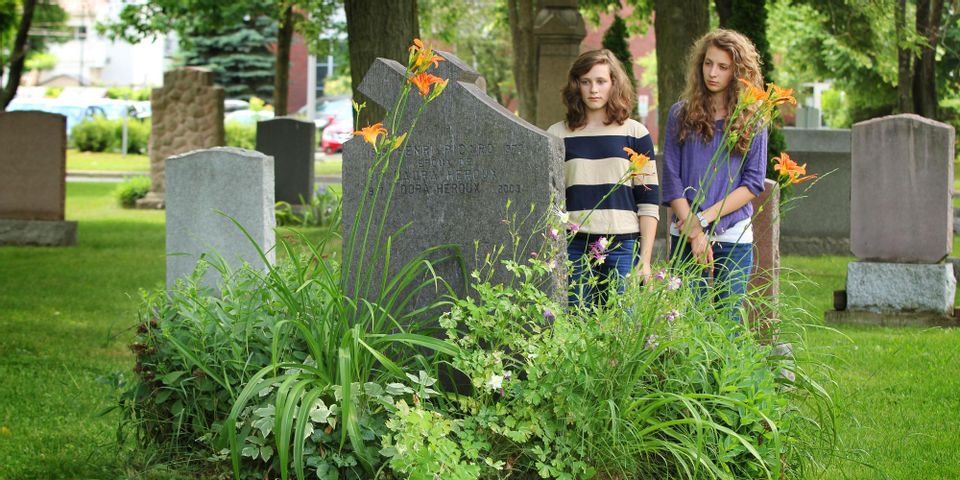
Whether you’re pre-planning your own burial or making the arrangements for a deceased friend or family member, selecting grave sites can be an arduous task. Choosing and purchasing a cemetery plot comes with several considerations. To learn more about the best approach to selecting a grave site, check out the following guide below.
How to Choose a Grave Site
1. Location of the Cemetery
The location of the cemetery is a key factor for choosing a grave site. Would the deceased prefer to be laid to rest in the place where they currently live, or would they rather go home to where they grew up? Keep in mind the distance from the grave site to friends and family members who would like to visit or care for the burial plot.
2. Type of Cemetery
Public cemeteries and municipal cemeteries don't typically have restrictions on who can be buried there. However religious cemeteries, owned by a church or other spiritual entity, often require membership in the church or at least the specific denomination. Veterans' cemeteries are, of course, reserved for military personnel and sometimes their families.
3. Rules & Restrictions
 In addition to regulations about who can be buried, cemeteries may have rules as to what size and shape of headstone or grave marker can be laid. They may have restrictions on which decorations can be used and visiting hours may be limited. Do research and read reviews to find out if the cemetery rules will work for you and your family.
In addition to regulations about who can be buried, cemeteries may have rules as to what size and shape of headstone or grave marker can be laid. They may have restrictions on which decorations can be used and visiting hours may be limited. Do research and read reviews to find out if the cemetery rules will work for you and your family.
4. Types of Cemetery Plots
If you’re looking for an individual burial plot, you can find them at most cemeteries. But, you have several other choices as well, including companion plots, family plots, above-ground mausoleums, urn gardens (burial plots where multiple urns can be buried), and other varieties. Talk with the cemetery that interests you to learn about their available plot options.
5. Costs of Grave Sites
Beyond funeral costs, you will have to pay fees associated with the grave site. First is the cost for the cemetery plot itself. Single plots are cheaper than companion plots, family plots, and other options. In addition to the cost of the burial plot, you will also be charged for the grave marker or tombstone as well as interment fees. These fees include the cost to open and close the grave, replace the grass, and associated legal paperwork. In some areas, a burial permit is required, which comes with its own fee. Some cemeteries charge for plot maintenance, too. These services can be mandatory or optional, depending on the cemetery.
For burial services in La Crosse County, WI, look to Oak Grove Cemetery, one of the oldest and most beautiful cemeteries in the state. Founded in 1852, this cemetery offers a peaceful resting place in its park-like atmosphere. The professional, compassionate staff will assist you with selecting grave sites, grave markers, monuments, and urns as well. Call (608) 782-6956 to learn more about their services and fees or take a walking tour of the cemetery.
About the Business
Have a question? Ask the experts!
Send your question

